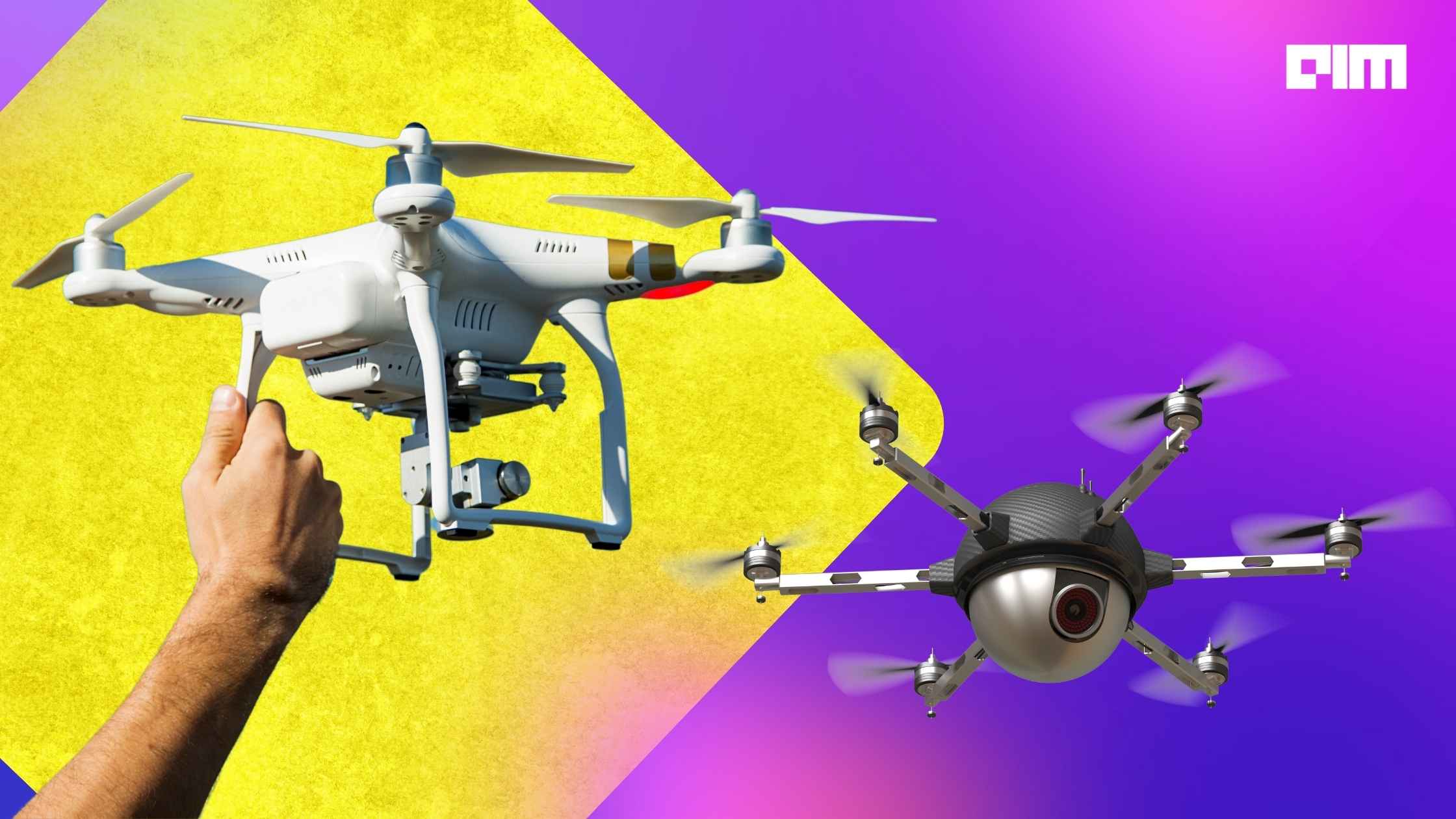Drones tend to become unstable at higher speeds, and at such high speeds, it is difficult to predict their trajectory and often resulting in crashes. Aerospace engineers from MIT have developed a new algorithm helping drones find the fastest route amid obstacles. This paves the way for drones to move faster, at least 20 per cent faster when trained with conventional algorithms and avoid chances of crashing. Researchers including Gilhyun Ryou, Ezra Tal, Sertac Karaman presented their results in the paper titled ‘Multi-fidelity black-box optimisation for time-optimal quadrotor maneuvers’.
The study conducted extensive evaluations through simulation and real-life experiments for both waypoint-constrained and polytope-constrained trajectories. Both simulation and real-world experiments were conducted at a speed of about 11m/s. The algorithm applies a multi-fidelity optimisation technique – Bayesian optimisation-to approximate the system feasibility constraints based on a limited number of experiments. BayesOpt, short for Bayesian optimisation, is a class of algorithms that use machine learning techniques for solving optimisation problems with black-box objective or constraint functions.
“It uses a Gaussian process (GP), black-box model, to classify candidate trajectories as feasible or infeasible and is thereby able to plan increasingly fast trajectories as the model improves,” as per the paper.
Image Credits: The Paper
However, the work has certain limitations as the algorithm for decomposition of the free space into convex polytopes is limited to two-dimensional environments. However, Sertac Karaman, Associate Professor at MIT, is hopeful that these kinds of algorithms will pave the way towards enabling future drones capable of navigating complex environments very fast. The team is hoping to push the limits in a way that drones can travel as quickly as their physical limits will allow soon. Moreover, drones trained on better algorithms possess wide-ranging applications.
Future Direction
A novel “flying guide dog” – drone prototype was created to assist blind and visually impaired people (BVIP). Additionally, a new dataset – Pedestrian and Vehicle Traffic Lights (PVTL) for traffic light detection was developed. The data set has the purpose of distinguishing pedestrian traffic lights from other types of traffic signals. The work used a combination of street-view semantic segmentation, drone control algorithm, and traffic light classification. As a result, the prototype automatically discovers the walkable path, avoids obstacles, and thus guides the user to walk safely. Moreover, a control algorithm enables the drone to autonomously fly along the walkable path and interact with users via voice feedback in crossing streets. However, certain limitations to the prototype exist. For example, the drone’s battery capacity only supports a maximum flying time of 13 minutes, and the drone is too light to withstand wind. Using a more powerful drone with a greater battery capacity could be a reasonable solution to these problems.
Another study proposes Internet-of-Drones (IoD) architecture using blockchain technology. The architecture was implemented with different drones, edge servers, and a Hyperledger blockchain network. It offers high-level services such as prolonging the operating time of a drone, improving the capability of detecting humans accurately, and a high level of transparency, traceability, and security.
Drones are really helpful when it comes to hazardous or safety-critical situations. Researchers are betting on the proximal policy optimisation deep reinforcement learning algorithm and incremental curriculum learning, and long short-term memory neural networks to implement generic and adaptable navigation algorithms. This research also developed an anomaly locator. An anomaly locator is especially vital for timely detecting and limiting human exposure to the hazard in safety-critical or hazardous situations.




















































































